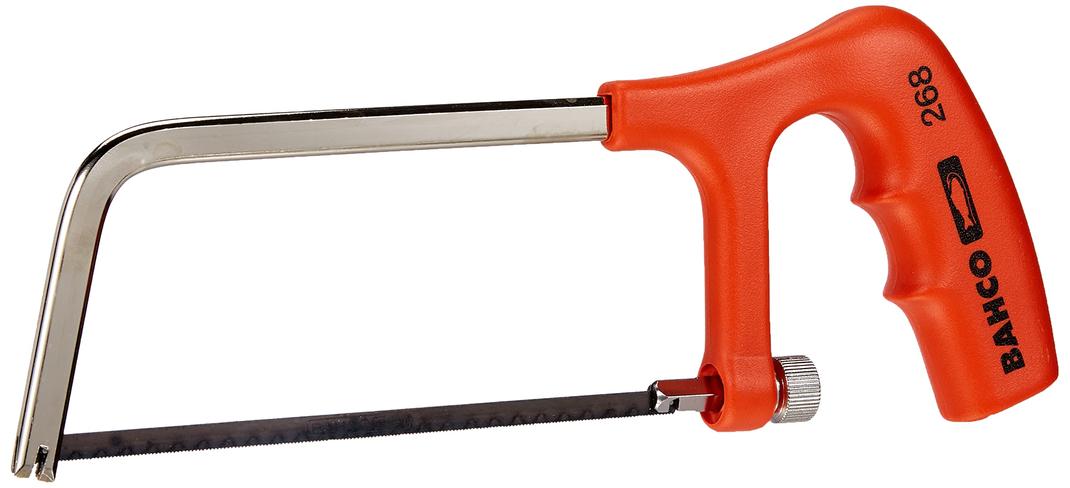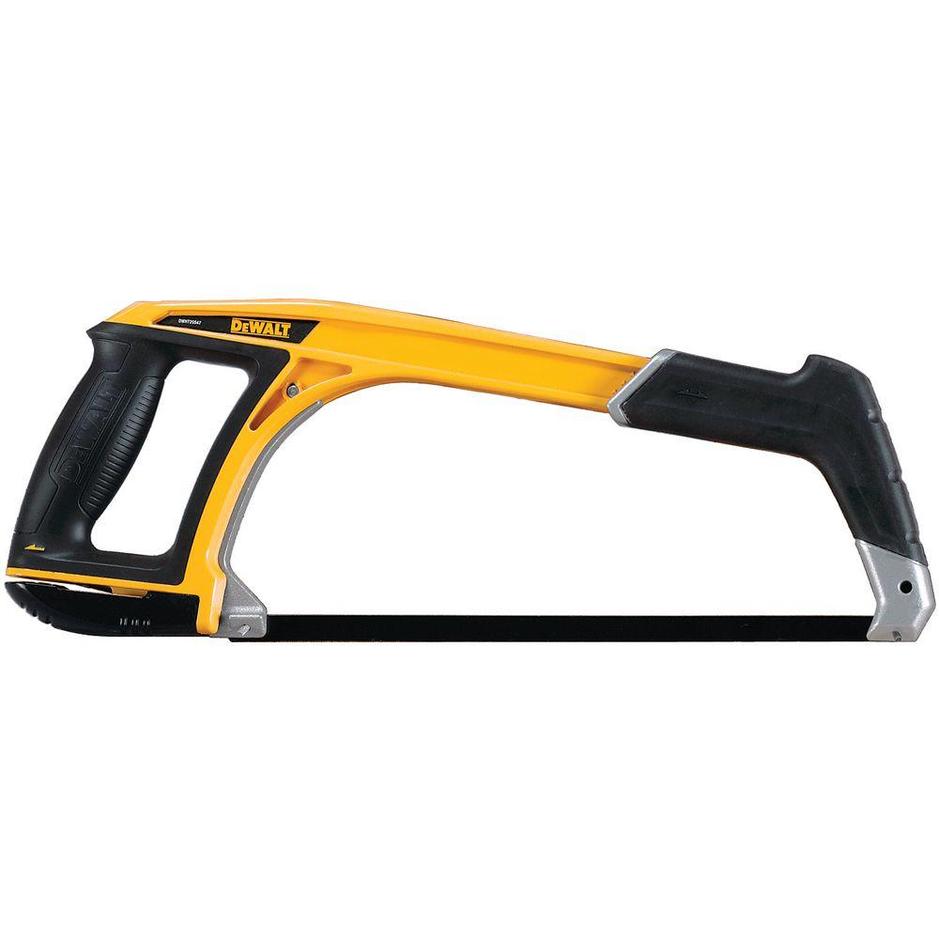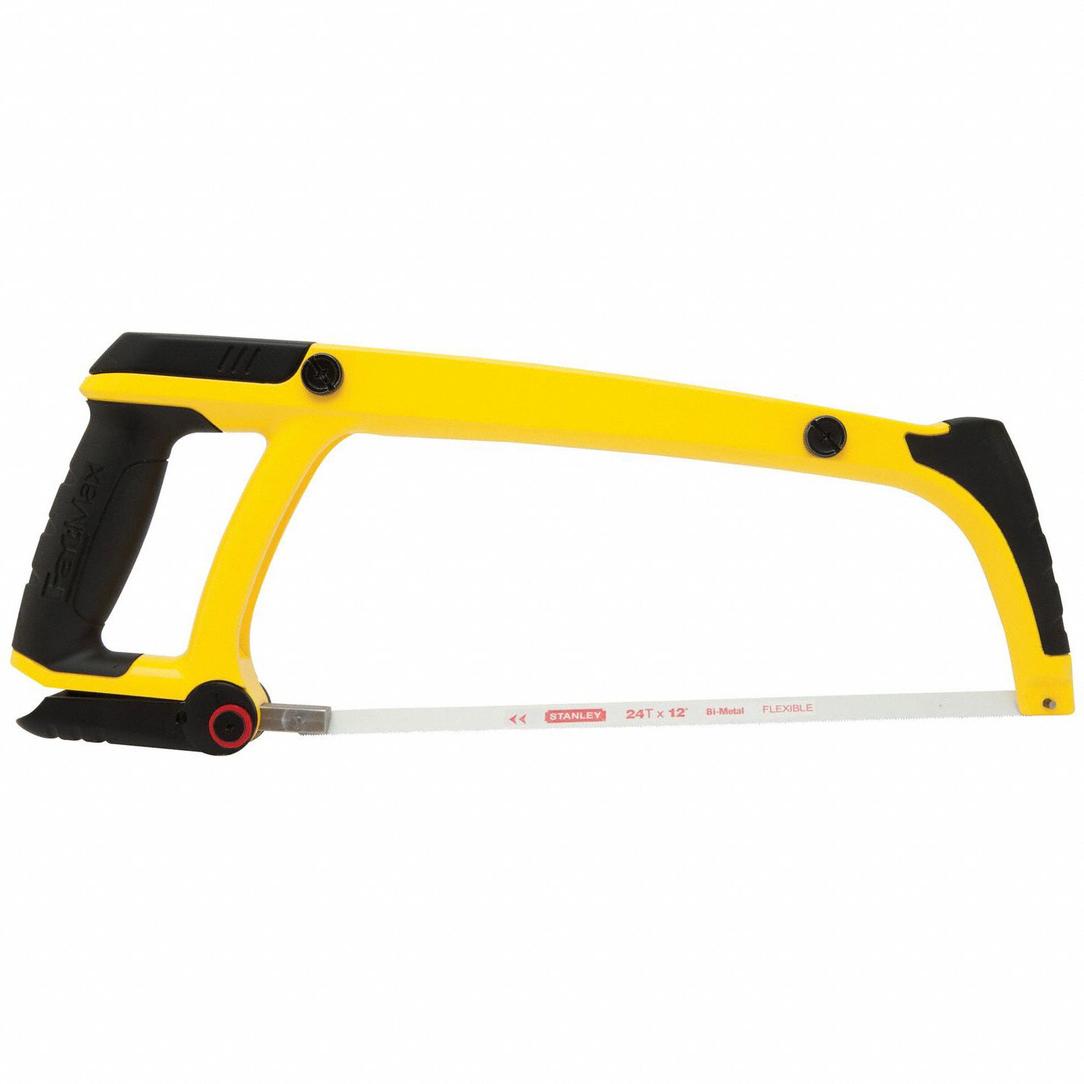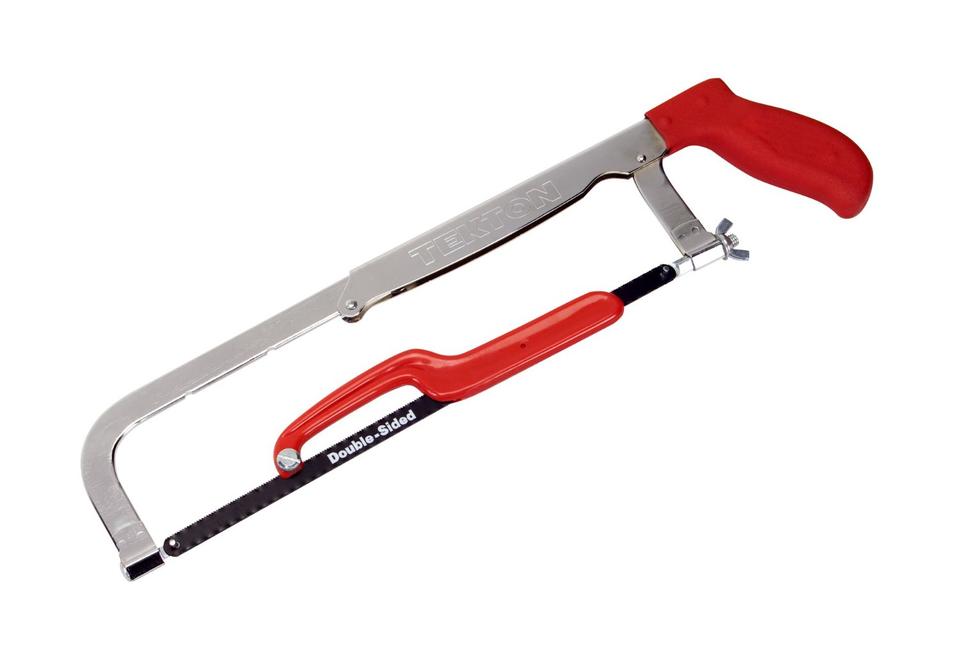“Hacksaw Ridge” portrays the fighting at Okinawa with reasonable accuracy, especially the assault on the Maeda Escarpment by Company B, 307th Infantry Regiment on May 1, 1945. The film captures key elements but takes some liberties in events and timeline details.

The movie focuses on Desmond Doss’s Medal of Honor actions during the battle; however, it implies that the award was solely for his efforts on Hacksaw Ridge itself. In reality, Doss earned the Medal over a longer period, from April 29 to May 21, 1945. The film omits some aspects of his experience, such as a serious ankle injury he sustained from tripping and being shot in the arm by a sniper, to streamline the narrative.
The depiction of Okinawan terrain is generally accurate. In early May, monsoon rains begin, turning the ground muddy and slippery. This made movement difficult, a fact shown well in the film. The battlefield’s gruesome nature is also portrayed by showing decomposed and unburied bodies of Japanese soldiers, civilians, and Americans scattered across the hills. Soldiers sometimes slipped and found their pockets filled with maggots after slides down the muddy slopes.

The Maeda Escarpment, or Hacksaw Ridge, is a steep cliff roughly 40 feet high. The movie exaggerates its height and vertical extent for dramatic effect. The Japanese defense utilized caves (some from preexisting Okinawan tombs) and pillboxes strategically placed on the slope’s reverse side. The film acknowledges the strong defensive points, such as the ‘Apartment House’ school building and nearby Maeda and Nakama towns, used by the Japanese.
The level of combat intensity and casualties shown is consistent with historical records. Prior fights at nearby positions by the 96th Infantry Division were marked by heavy American losses. Some companies were reduced drastically; for example, Company K of the 381st Infantry Regiment fell from 193 men to only 24 and later combined with another company to form a unit of only 70 men overall. Certain platoons were decimated, leaving just five or six men.

- The 381st Infantry Regiment suffered 546 casualties overall.
- Company G was left with only nine combat-effective men.
- The 1st Battalion, 307th Infantry Regiment, killed more than 3,000 Japanese in a week, suffering 500 casualties.
- Violent encounters featured grenade duels, hand-to-hand combat, and some soldiers experienced decapitations from enemy machine gun fire.
- An assault on April 29 using tanks and flamethrowers killed over 200 Japanese defenders.
The fierce close-quarters combat depicted is justified by the brutal reality of the battle. The film rightly conveys the desperation and intensity of the struggle for control of the escarpment. Night attacks and multiple attempts to hold or retake ground happened frequently during the period.
The assault sequence in the film aligns with historical tactics. The 96th Infantry Division was pulled back due to heavy losses and replaced by the fresher 77th Infantry Division. The 307th Infantry Regiment, part of the 77th Division, took over in front of Needle Rock. On the night of April 30/May 1, soldiers used cargo nets and ladders—Company A with ladders and Company B with nets—to scale the escarpment, as shown in the film.

Initial assaults were repelled, but by the morning of May 2, American troops held the ridge’s top. The complete capture of the escarpment took five days, with troops pushed off nine separate times during the battle. This prolonged engagement is compressed in the film but remains consistent with the historical timeline.
| Aspect | Film Depiction | Historical Fact |
|---|---|---|
| Medal of Honor Context | Awarded solely for Hacksaw Ridge | Actions over April 29-May 21, 1945 |
| Doss’s Injury | Grenade injury shown | Actually tripped and shot by sniper |
| Terrain | Accurate depiction of muddy, rainy conditions | Monsoon rains cause muddy, slippery slopes |
| Escarpment Height | More vertical and taller | Approx. 40 feet, less vertical |
| Combat Intensity | Extreme and violent, high casualties | Thousands Japanese killed, many American casualties |
| Assault Tactics | Scaling with ladders and cargo nets | Historical use of ladders and nets |
Overall, “Hacksaw Ridge” conveys the brutal nature of the Okinawan battle while focusing on Desmond Doss’s heroism. It compresses timelines, simplifies some injuries, and elevates some visuals for dramatic effect. The film is solid history-based but not a comprehensive account.

- The film accurately represents the Maeda Escarpment combat and terrain conditions.
- It simplifies and condenses Medal of Honor awarding events.
- It faithfully depicts extreme violence and high casualty rates.
- Some battlefield features and injuries are altered to enhance dramatic storytelling.
- Assault tactics like the use of ladders and cargo nets are historically correct.
How Accurately Does “Hacksaw Ridge” Portray the Fighting at Okinawa During WWII?
Hacksaw Ridge is a gripping retelling of a brave soldier’s story amidst one of the fiercest battles in the Pacific Theater. But how true-to-life is its depiction of the combat at Okinawa? The short answer: it’s reasonably faithful but with some artistic liberties, which both enhance drama and simplify a complex battle.

Now, let’s dive deeper.
The film focuses on the assault on the Maeda Escarpment, famously known as Hacksaw Ridge, carried out by Company B of the 307th Infantry Regiment on May 1, 1945. This is the crux of the movie’s narrative, yet this intense event is just a slice of a month-long campaign. Desmond Doss’s Medal of Honor wasn’t awarded solely for that day but for his valor from April 29 to May 21, 1945. The movie trims this down to a few key moments, which means it sacrifices some historical breadth for storytelling tightness.
Why simplify the timeline? Because movies tend to focus on climax and drama. But real combat unfolds over days, even weeks, with shifting fronts and multiple attacks.
One notable omission in the film: Doss’s non-grenade injury. In reality, Doss seriously hurt his ankle by tripping and was shot in the arm by a sniper. The film replaces the tripping injury with a dramatic grenade blast. This choice amps up cinematic excitement but glosses over the mundane yet brutal realities of war injuries.
The Physical and Emotional Landscape: Okinawan Terrain & Combat Conditions
What about the setting? Okinawa’s terrain comes alive with authenticity in the movie. Spring rains here, especially in early May, turn the ground into a muddy nightmare. The film’s portrayal of slippery, rain-soaked hills matches historical accounts. The filmmakers didn’t shy away from the grim reality—mud mixed with decomposing bodies, maggots, and quagmires that slowed troop movements. Soldiers slipping down grease-slicked slopes weren’t just cinematic devices; such hazards were daily horrors during the campaign.
Maeda Escarpment—The Cliff and Its Myths
The escarpment itself is a key player in the film—a nearly sheer cliff around 40 feet high. Yet the movie portrays it as taller and more vertical, most likely for dramatic impact. This embellishment doesn’t erase the fact that climbing it under enemy fire was a harrowing ordeal.
Defensively, the Japanese had fortified the reverse slope with caves, pillboxes, and tunnels, many carved out of traditional Okinawan tombs. The movie touches on this but understandably simplifies the maze-like defensive network. The Apartment House, a large school building turned strongpoint, looms large in history but gets only brief mention on screen. These fortifications multiplied the challenge faced by Doss and his comrades.
Blood and Guts: The Combat Intensity
The violence portrayed isn’t just cinematic flair. The actual battle was brutal and costly for both sides. The 96th Infantry Division preceding the 77th Infantry Division in this sector took staggering casualties. For example, Company K was decimated, shrinking from 193 men to just 24 combat-ready soldiers. Some platoons plummeted to only five or six survivors. Think about that: whole squads wiped out, forcing survivors to regroup and push on.
The 1st Battalion, 307th Infantry Regiment, which included Doss, killed over 3,000 Japanese in a week but suffered more than 500 casualties themselves. The extreme losses justify the film’s graphic combat scenes—grenade duels, night attacks, and brutal hand-to-hand fights weren’t Hollywood hyperbole but grim facts. One episode captures this well: hand-to-hand combat on May 4 saw 600 Japanese troops killed during desperate attempts to seize the escarpment.
Assault Tactics and the Scaling of the Cliff
The movie nailing the detail about using cargo nets and ladders to scale the cliff. This is a small but crucial accuracy point the filmmakers got right. Lieutenant Colonel Gerald Cooney’s 1st Battalion brought these devices up for climbing on the night of April 30-May 1. Companies A and B climbed using ladders and nets, exactly as the movie shows.
Initially, the American troops were repelled each night, losing their hold on the escarpment, only to re-establish positions by dawn. This cycle of assault, retreat, and re-attack repeated multiple times over five grueling days. Cooney’s battalion was driven off nine times before finally taking the escarpment and Needle Rock.
That kind of persistence and brutality hardly makes for light entertainment, but it’s vital to grasp the scale and desperation of the fighting—far beyond what many war movies dare to show.
Why the Film Chooses Drama Over Detail
The key to understanding the slight discrepancies lies in understanding what makes a movie compelling. Complex military maneuvers extending over weeks cannot be condensed fully into two hours without losing audience engagement. The filmmakers chose to highlight the emotional and personal story of Desmond Doss, whose unwavering faith stood firm amid chaos, using the escarpment as the symbolic battleground.
This narrative choice necessarily trims other facts. Some incidents get compressed or changed (like the grenade injury substitution and the towering cliff). The month-long battle is squeezed into a few nights of heroism to emphasize Doss’s courage without confusing viewers with endless battle logistics.
Final Thoughts: Separate Fact from Fiction Without Losing the Heart
Hacksaw Ridge is a rare example of a war film that respects history while aiming to inspire. It captures the ferocity and horror of the Battle of Okinawa and respects the tactical reality of the Maeda Escarpment assault. Yet it simplifies the full breadth of combat duration and embellishes certain elements for emotional effect.
If you want a raw, comprehensive understanding of the Okinawa campaign, history books and veterans’ accounts fill in what the movie leaves out. But if you want a pulse-pounding, focused story centered on one man’s valor amid real combat filmed in a believable setting—that’s what Hacksaw Ridge delivers. It honors Desmond Doss’s legacy, with just enough creative license to keep audiences on the edge of their seats.
So, next time you watch the film, ask yourself: which is more important in war stories—footnotes or feeling? Thankfully, Hacksaw Ridge manages to mix both better than most.
How true is Hacksaw Ridge to the real fighting at Okinawa’s Maeda Escarpment?
The film is fairly faithful about the assault on Maeda Escarpment by Company B, 307th Infantry Regiment on May 1, 1945. Some details are changed for drama, like the cliff’s height and verticality, but the battle’s intensity is well captured.
Does the movie show all of Desmond Doss’s Medal of Honor actions?
No, the film focuses on his heroics atop Hacksaw Ridge but omits injuries like his ankle trip and sniper wound. His Medal was for heroic acts during nearly a month-long battle, from April 29 to May 21, 1945.
How accurate is the depiction of Okinawa’s terrain and conditions?
The movie shows muddy, rough terrain affected by monsoon rains accurately. It also realistically depicts the gruesome battlefields with decomposed bodies turning hills into dangerous, slippery mud.
Was the level of violence portrayed in Hacksaw Ridge realistic?
Yes, American and Japanese forces suffered heavy casualties. The 307th Infantry Regiment killed thousands but lost hundreds too. Intense grenade fights, tank assaults, and hand-to-hand combat were common.
How well does the movie show the tactics used in capturing the escarpment?
It accurately shows use of ladders and cargo nets to climb the cliffs. The film captures the repeated drive-offs and slow, costly progress over five days to finally secure the ridge.




